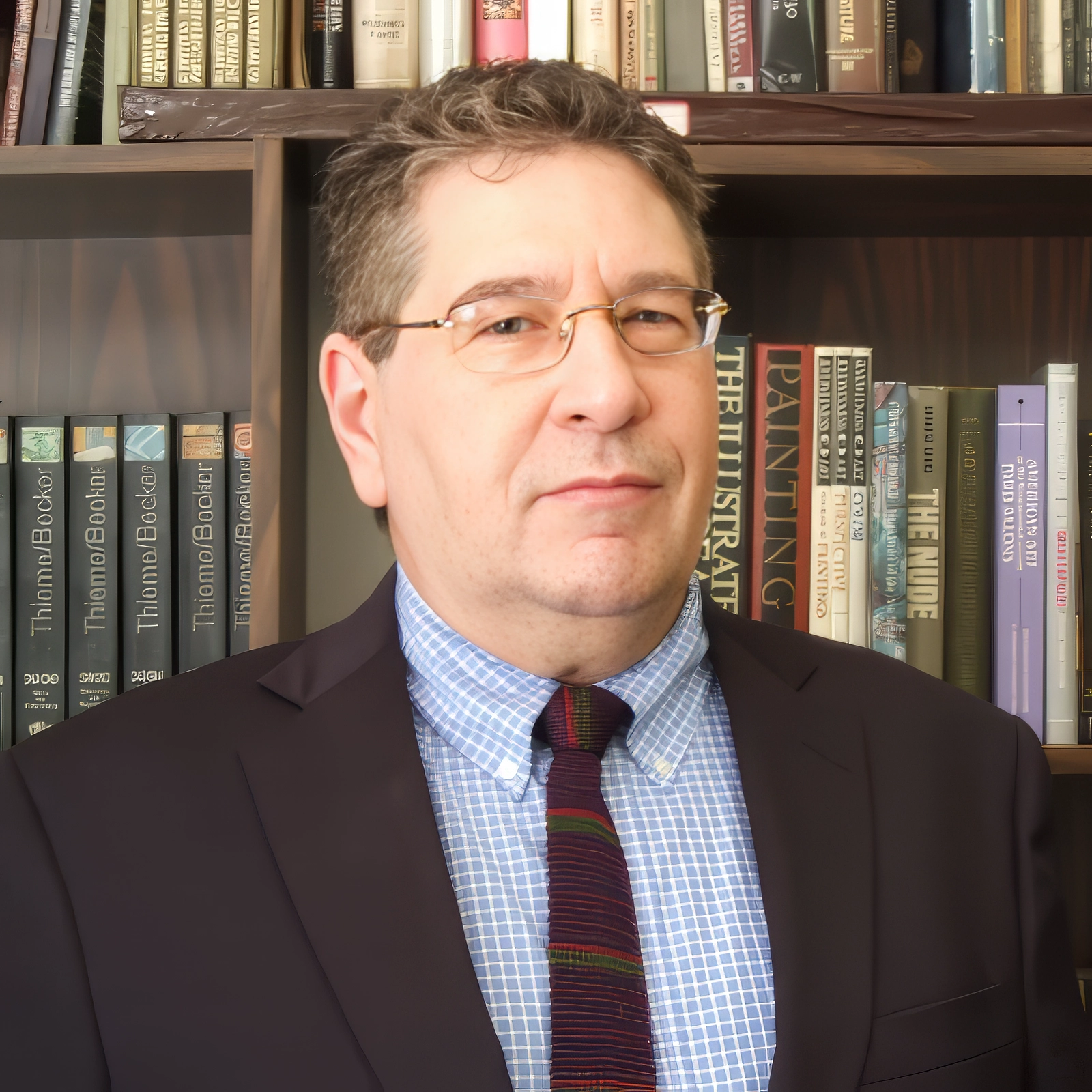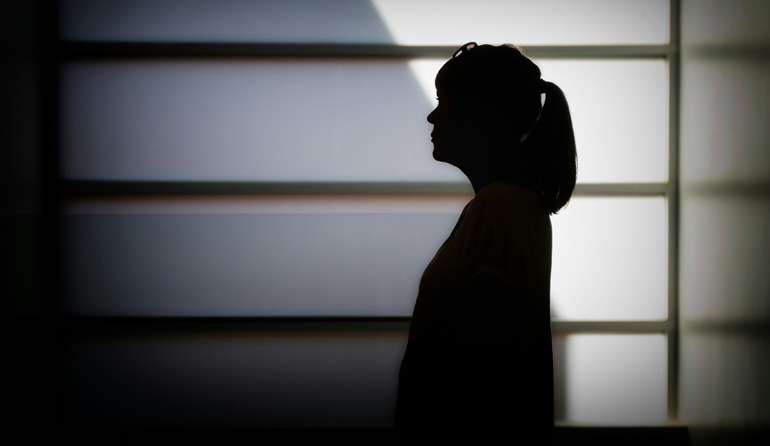Artificial Intelligence is an extraordinary technology in the toolbox of the art expert, of the art historian working on art authentication cases.
Of course, if you are not a specialist in art authentication, AI will not help you much, because you will not know how to use this technology, what you should investigate, how it can contribute to authenticating. You will not know what tasks you should ask AI to perform, or which questions to ask, what to check, or what the results mean.

And this is not unique to art authentication. The same is true with any complex technology—you need to be highly educated in your field in order to use advanced tools effectively.
Now, with AI there’s often a tendency to think it can do everything—that it’s some kind of magic. But when it comes to authenticating art, that’s not quite the case. There are important limitations you need to be aware of.

Let me give you a few examples.
When it comes to dating the materials an artwork is made of, we use methods such as:
- Radiocarbon dating
- Dendrochronology
- Pigment chemical analyses
- Support chemical analyses
- And for ancient ceramics, thermoluminescence.
AI does not replace or eliminate the need for these scientific dating methods.
In the area of special photography and multispectral examination, we use:
- Ultraviolet light examination
- Infrared photography
- High-resolution photography
- Macro photography
- Raking light examination
- High-intensity light examination
- And X-ray photography.
Again, AI does not replace or eliminate the need for these methods.
And when it comes to identifying materials—wood species, types of paper, board, or metals—AI does not replace or eliminate the need for direct, physical analyses.
So as you can see, these are just a few of the techniques, technologies, and methods of art authentication that fall outside of what AI can do.
This is why, for us as art authentication specialists, even though AI is an extraordinary technology, we still need to continue using many other tools.
AI is powerful, but it is not a substitute for expertise, science, and experience.













.png)
.png)
.png)
